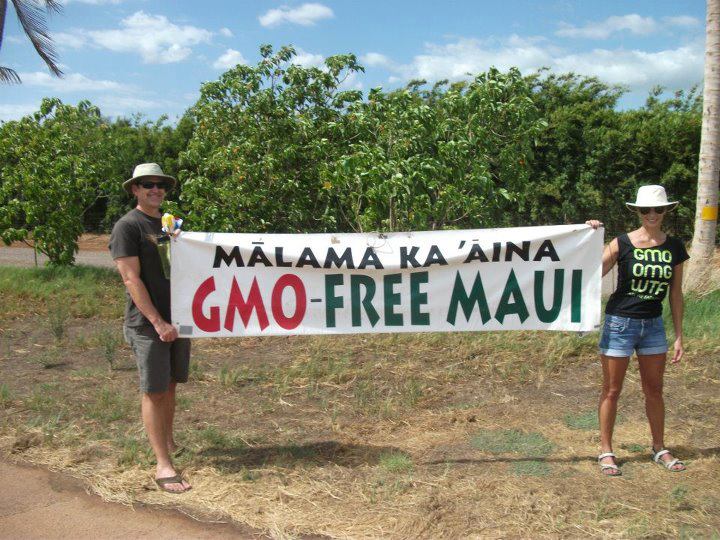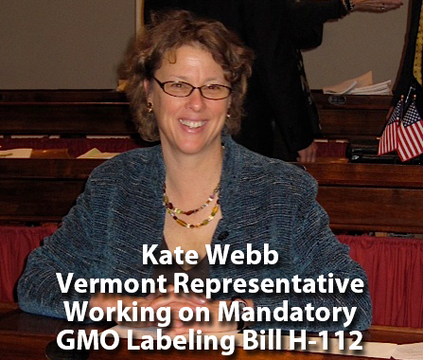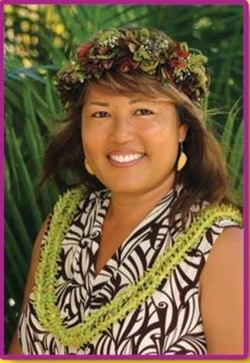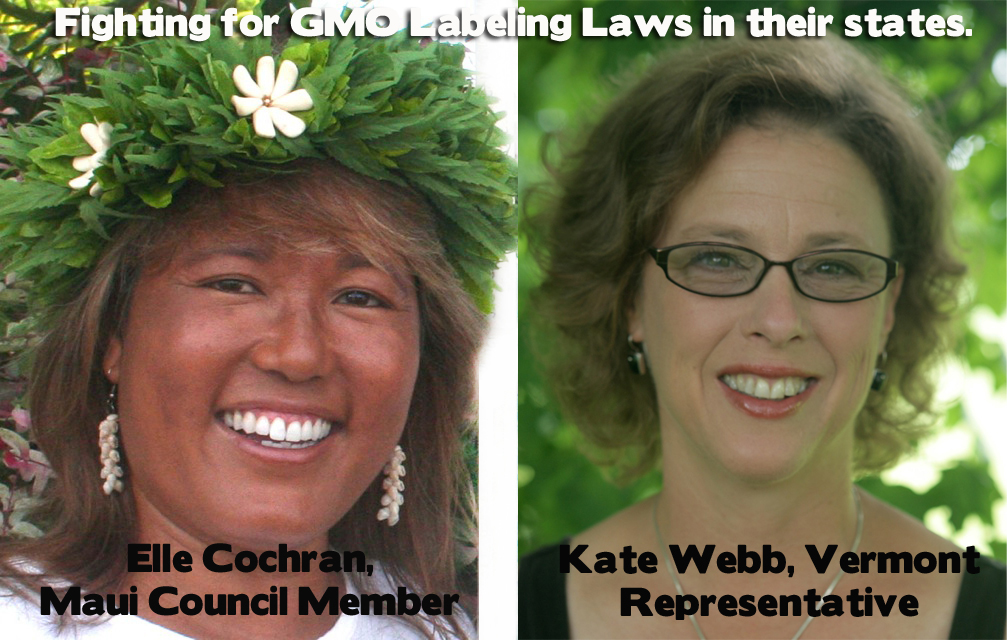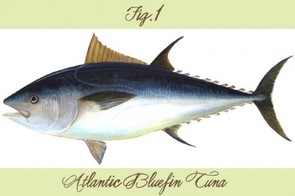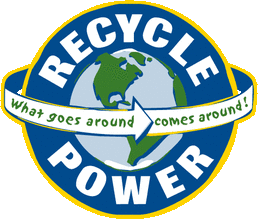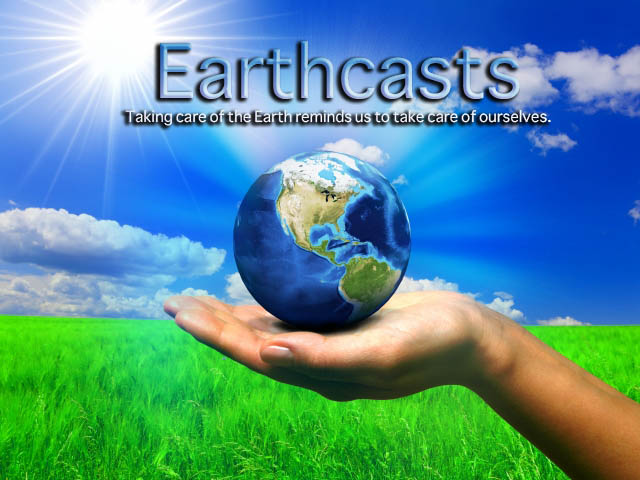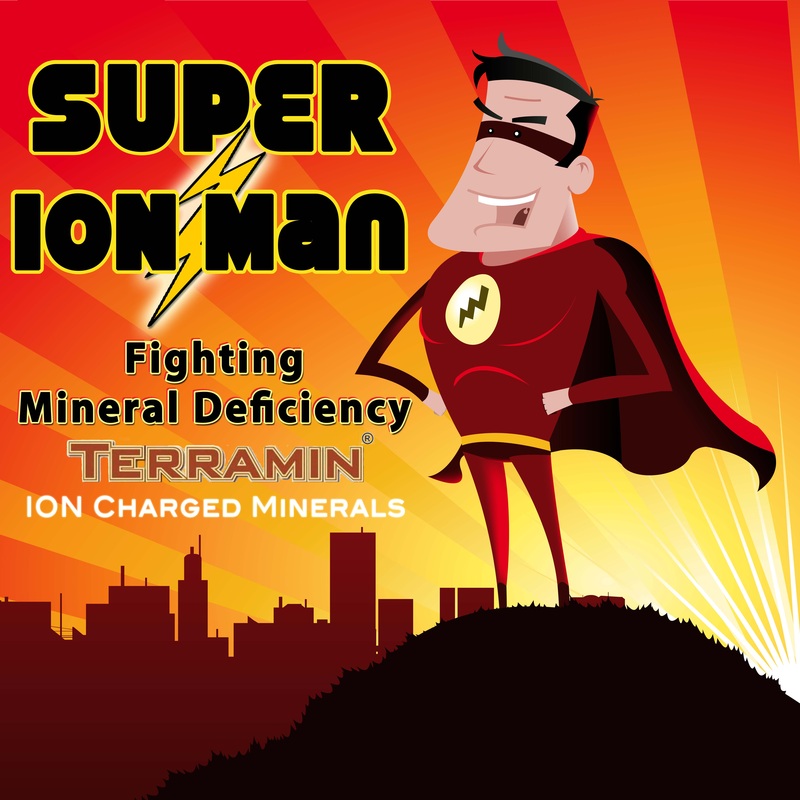|
|
Maui, Hawaii Tries to Oust Monsanto: Vote for GMO Initiative Due Nov. 4
Go to the webpage to view the history of passing the Vermont GMO Labeling Bill! |
Listen to our new interview with Elle Cochran, Council Member, Maui, and Kate Webb, Representative from Vermont who both introduced a Mandatory GMO Labeling Bill in their states, and even with strong support from their citizens, the rest plays out like a new version on a David and Goliath story. Vermont WON. We now want Maui to WIN!Find out how Vermont passed a GMO Labeling Bill. |
|
WE HAVE
Visit our Sustainable Seafood ResourcesFind out what you can do.
| ||||||||||||||||||||||||||||||||||||||||||||||||||||||||||||


